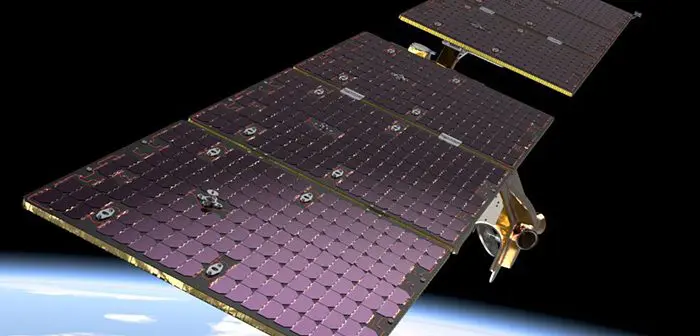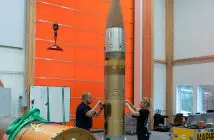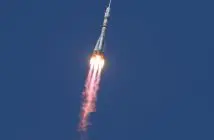
The European Space Agency has signed a letter of intent with Norway to explore the establishment of a dedicated ESA Arctic Space Centre in Tromsø, signalling growing scientific, economic and geopolitical interest in the rapidly changing polar region.
The Arctic is warming at up to four times the global average, making it one of the most critical regions on Earth for climate monitoring, environmental research and security operations. ESA says space-based technologies will play an essential role in tracking these changes, informing policy, and supporting sustainable development and civil safety across the High North.
ESA Director of Earth Observation Simonetta Cheli said the proposed centre could deliver substantial benefits to Norway, the wider Arctic region and Europe as a whole. “It is inevitable that the Arctic region faces change – as the whole planet does – but I believe that space can be a positive influence for the environment and the people of the Arctic region. There is huge potential for an ESA Arctic Space Centre to bring benefits to Norway, the wider Arctic region, and to the rest of Europe,” she said.
Tromsø is already a major Arctic space hub. It hosts mission control for ESA’s Arctic Weather Satellite (AWS), launched in August 2024, which is demonstrating how a polar-orbiting constellation can improve short-range Arctic and global weather forecasting. The city is also home to the Arctic Council Secretariat, the Norwegian Polar Institute, a campus of the Arctic University of Norway, the ESA Arctic PhiLab, an ESA Business Incubation Centre, and multiple research institutes specialising in marine biotechnology, medicine, space weather and sustainability.
Under the new agreement, ESA and the Norwegian Space Agency (NOSA) will form a joint working group of experts to evaluate the feasibility, scope and governance model of the proposed centre. The group will deliver recommendations — including thematic priorities and a potential implementation timeline — before the end of 2026.
If established, the ESA Arctic Space Centre is expected to focus on Earth observation, satellite navigation and Arctic telecommunications, working closely with regional and international stakeholders to support environmental resilience, safety operations, sustainable resource management and scientific research.
Norway has been a member of ESA since 1987, participating in a wide range of programmes. Although not a European Union member, it plays an active role in the Copernicus Earth observation programme and the Galileo navigation system through the European Economic Area agreement.
The prospective Arctic Space Centre reflects ESA’s growing emphasis on polar research, climate monitoring and the strategic importance of the High North for Europe’s future space ambitions.
Artist’s view of the Arctic Weather Satellite (AWS)
Credits: ESA – J. Huart





